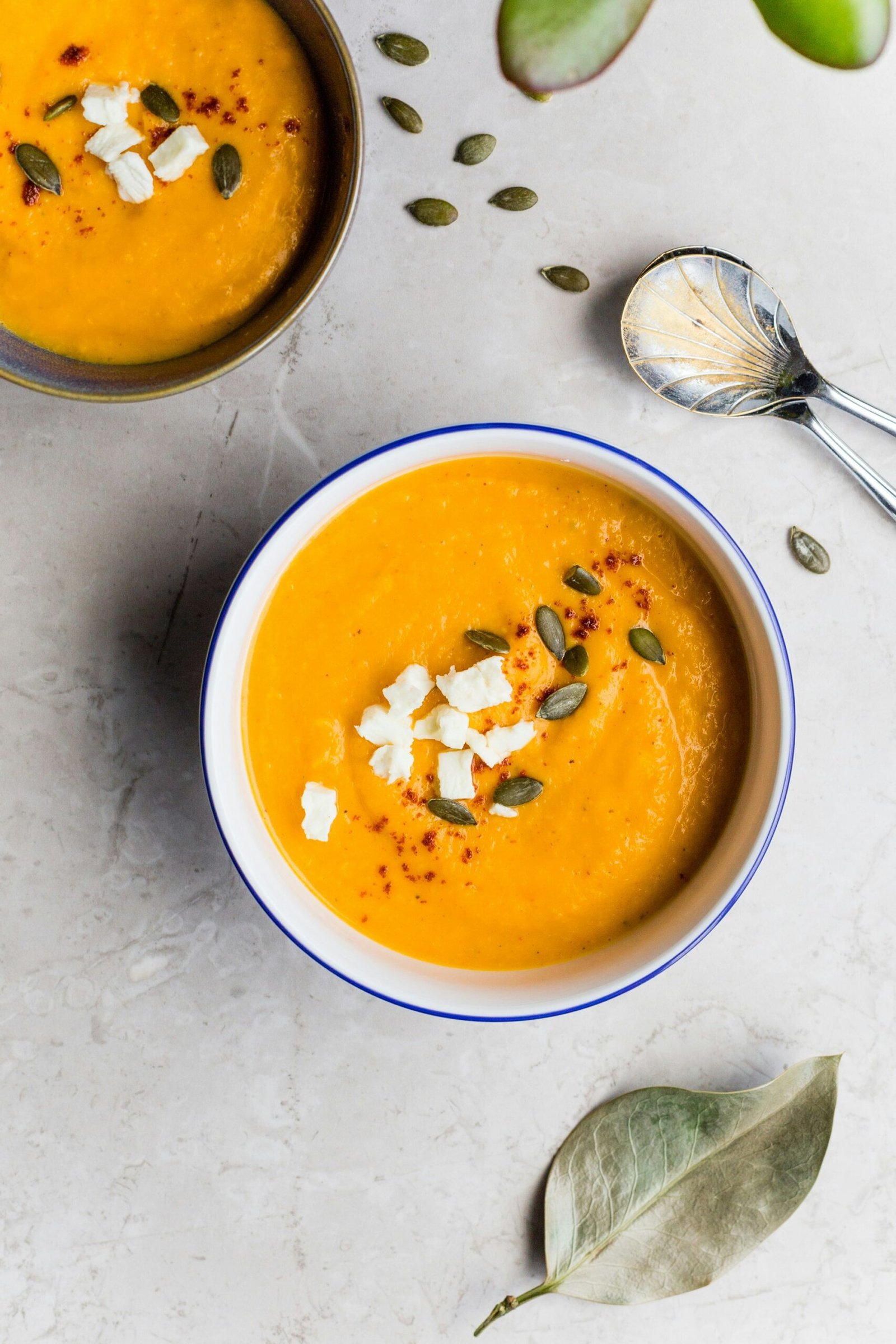Understanding Brown Rice: Nutritional Benefits and Varieties
Brown rice, a whole grain, is an unrefined counterpart of white rice. It comprises all parts of the grain—the bran, germ, and endosperm—ensuring that it retains a rich array of nutrients. This form of rice is not only more nutritious but also contributes to improved health compared to its white counterpart. The bran and germ in brown rice are rich sources of dietary fiber, which aids digestion and promotes satiety, making it an excellent choice for those looking to manage their weight.
Notably, brown rice has a higher fiber content than white rice, providing approximately 3.5 grams of fiber per cooked cup versus just 0.6 grams in white rice. This increase in fiber helps regulate blood sugar levels and may reduce the risk of chronic diseases such as heart disease and type 2 diabetes. Additionally, brown rice is packed with essential B vitamins—including thiamine, niacin, and vitamin B6—as well as minerals like magnesium, phosphorus, and selenium. These nutrients play crucial roles in various bodily functions, from energy production to maintaining a healthy immune system.
When it comes to varieties, brown rice is categorized into three main types: short-grain, medium-grain, and long-grain. Short-grain brown rice is known for its sticky texture, making it suitable for sushi and other dishes where the rice needs to hold together. Medium-grain brown rice has a slightly chewy texture and is often used in casseroles and risottos. Long-grain brown rice, with its separate, fluffy grains upon cooking, is ideal for pilafs and salads. Each variety contributes unique flavors and textures, enhancing culinary versatility.
Incorporating brown rice into one’s diet can yield various health benefits, making it a worthwhile addition to meals. Its nutritional advantages over white rice support its reputation as a beneficial food choice.
Preparing Brown Rice: Essential Tools and Ingredients
| Ingredient | Quantity |
| Brown rice | 1 cup |
| Water or broth | 2 1/2 cups |
| Olive oil (optional) | 1 tablespoon |
| Salt | 1/2 teaspoon (to taste) |
When embarking on the journey to cook perfect brown rice, having the right tools and ingredients at your disposal is crucial. To begin with, a fine-mesh strainer is essential for rinsing the brown rice. This specific type of strainer allows water to flow through while preventing the grains from slipping away, ensuring a thorough rinse. Rinsing the rice is a significant step that helps remove excess starch, which is known to contribute to a gummy texture. Taking a moment to rinse the rice under cold water until the water runs clear can lead to a more pleasant final dish.
An appropriate pot with a lid is another key component. Ideally, you should select a pot that can hold the rice comfortably while allowing room for expansion during cooking. A tight-fitting lid is important in maintaining the necessary steam, which ultimately aids in cooking the rice evenly and thoroughly. Additionally, using a measuring cup for accurate ratios of rice to water is essential for achieving a successful cook. The standard ratio for cooking brown rice is typically 1 cup of rice to 2.5 cups of water, though this may vary depending on the specific brand or type of rice.
Water quality plays a vital role in the cooking process as well. While tap water is commonly used, filtered or mineral water can enhance the taste, contributing subtle differences based on mineral content. For those seeking to add flavor to their brown rice, incorporating ingredients such as salt, broth, or aromatics can be beneficial. Adding a pinch of salt at the start can enhance flavor, while cooking the rice in vegetable or chicken broth gives it a richer taste profile. By equipping yourself with these essential tools and ingredients, you will set a solid foundation for preparing exquisite brown rice dishes.
Step-by-Step Guide to Cooking Brown Rice

Cooking brown rice does require some attention to detail, but with the right approach, it can yield a delicious and nutritious grain. The first step is to rinse the brown rice under cold water until the water runs clear. This helps to remove excess starch and can prevent the rice from becoming overly sticky during cooking. A common water-to-rice ratio for cooking brown rice is 2.5 cups of water for every cup of rice when using the stovetop method. If you’re using a rice cooker, refer to the manufacturer’s instructions regarding water ratios, as they can vary by appliance.
For stovetop cooking, bring the water to a boil in a large pot, then add the rinsed rice and a pinch of salt, if desired. Reduce the heat to low, cover the pot, and allow it to simmer for approximately 45-50 minutes. It is essential to avoid lifting the lid during cooking, as this can release steam and interfere with rice doneness. After the cooking time is complete, remove the pot from the heat, but do not uncover it immediately; let it rest for 10 minutes to allow the rice to finish steaming. This resting period is crucial as it enhances the fluffiness of the grains.
If you prefer using a rice cooker, the process is even simpler. Follow the same rinsing procedure and water ratio and transfer the rice and water to the cooker. Start the cooking cycle, and once it switches to the “keep warm” setting, let the rice rest for about 10-15 minutes before serving. One common mistake to avoid is not allowing sufficient resting time after cooking, as skipping this step can lead to gummy rice. Checking for doneness involves tasting a grain; it should be tender yet firm, with a slightly chewy texture. Proper attention to these steps will ensure perfectly cooked brown rice every time.
Also read: Delicious and Easy Gluten-Free Meal Prep Ideas
Delicious Ways to Serve Brown Rice: Recipes and Pairings
Brown rice is a versatile grain that can enhance a variety of dishes, making it an excellent addition to any meal. One popular way to enjoy brown rice is in stir-fries. Combine cooked brown rice with a medley of colorful vegetables such as bell peppers, carrots, and broccoli. Enhance the flavor with a splash of soy sauce, sesame oil, or a hint of garlic. For protein, consider adding tofu, chicken, or shrimp. This combination not only creates a vibrant plate but also balances nutrition with fiber and protein.
Another delightful way to serve brown rice is through salads. A brown rice salad can be a refreshing option during warmer months. Start with cooked and cooled brown rice as the base and toss in chopped cucumbers, cherry tomatoes, and parsley. For added flavor, dress the salad with olive oil, lemon juice, and a pinch of salt and pepper. You can also incorporate chickpeas or grilled chicken for a more filling meal. The combination of textures and flavors will make this dish a favorite among family and friends.
Bowl meals are increasingly popular for their simplicity and customization. A brown rice bowl is an excellent option for a nutritious lunch or dinner. Start with a layer of brown rice, and then add your choice of protein such as grilled fish, chicken, or black beans. Top the bowl with sautéed or roasted vegetables like zucchini and Brussels sprouts for added nutrients. Drizzle with a sauce of your choice, such as tahini or a spicy sriracha sauce, to elevate the dish’s taste. This meal is not only hearty but also offers endless possibilities through different ingredients and flavors.
By exploring these delicious ways to serve brown rice, one can enjoy its wholesome qualities while creating satisfying and diverse meals that cater to different tastes and dietary preferences.


